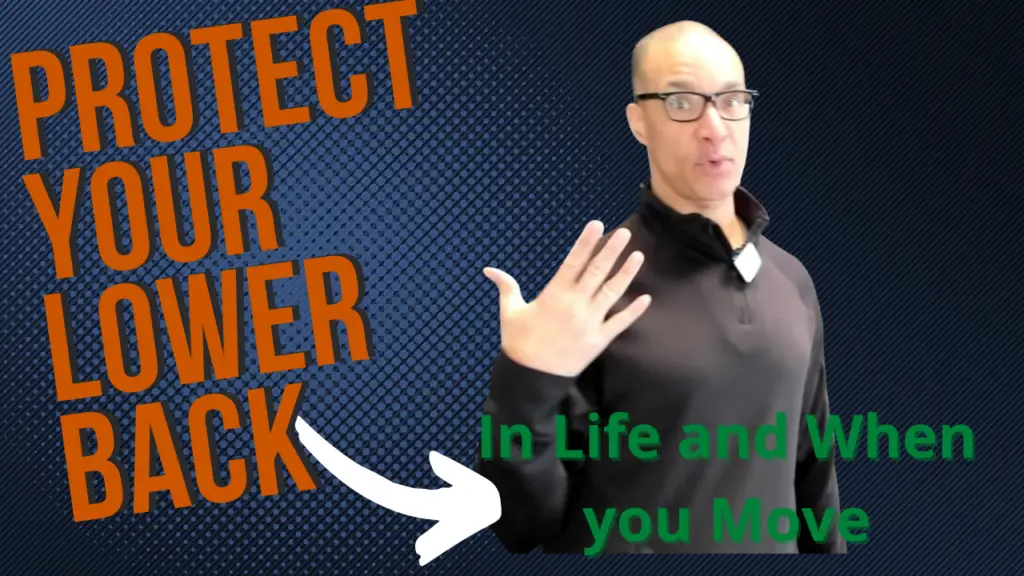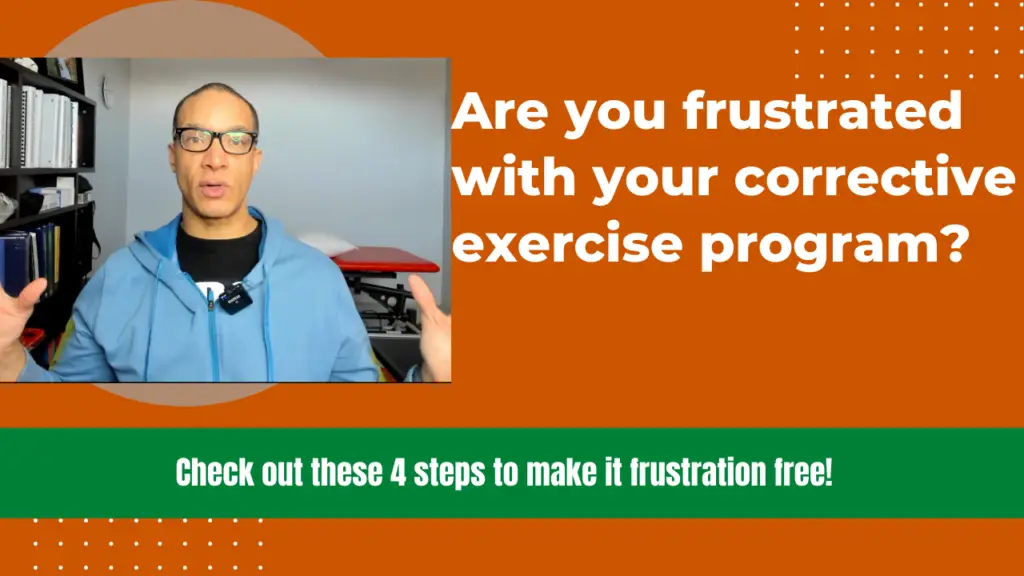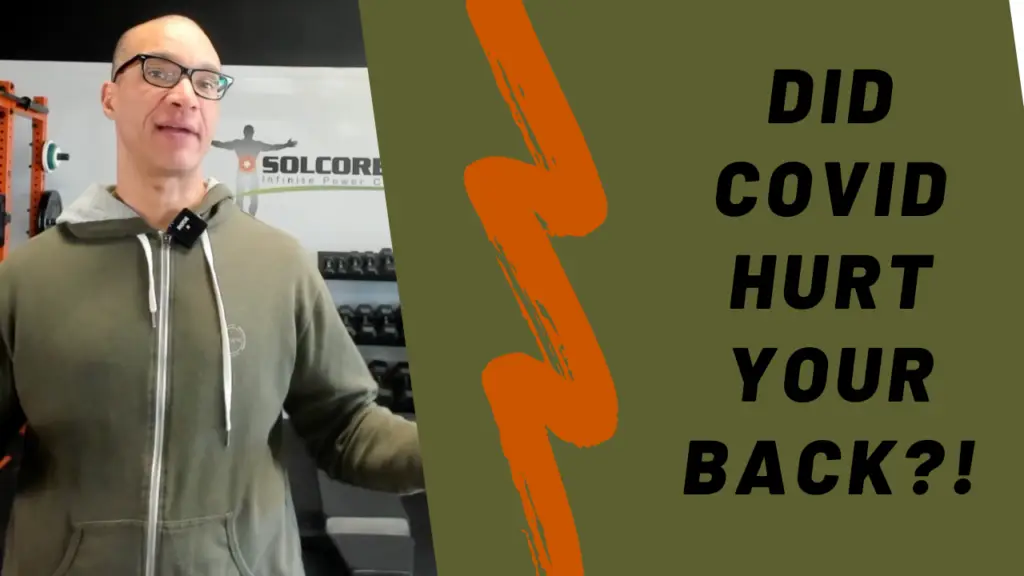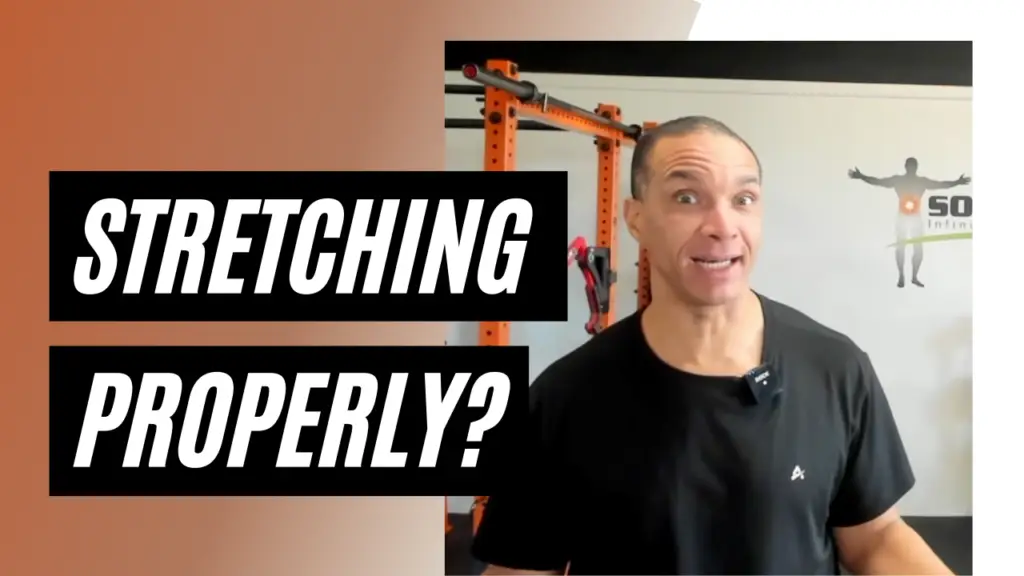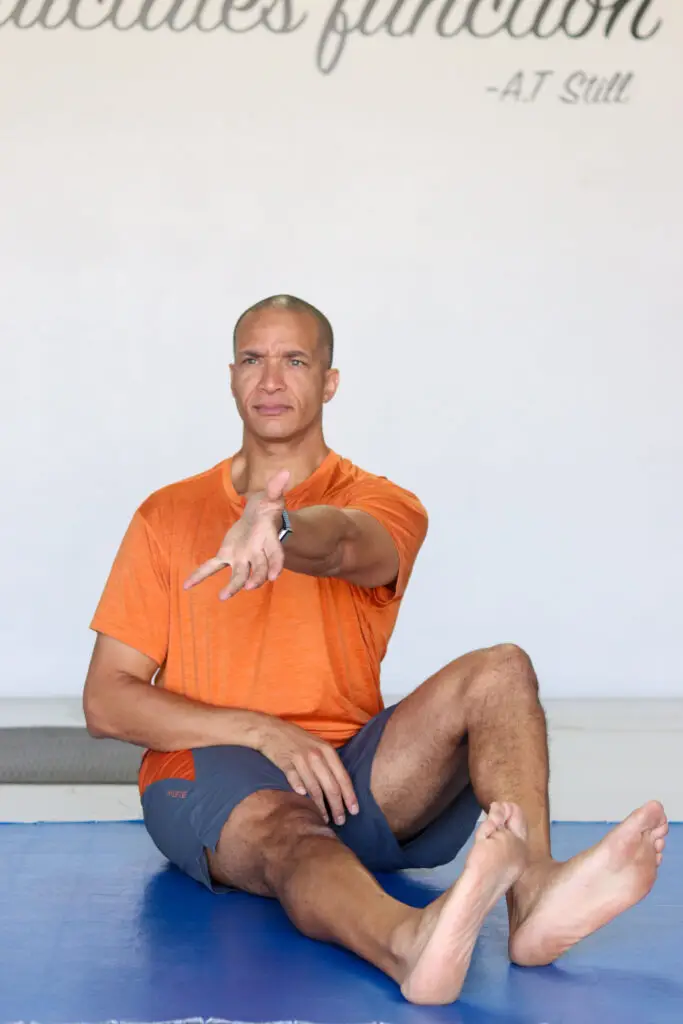
Why Expectations Matter as Much as Your Goals
If you ask anyone what they want for their health, most will answer with big ambition. “I want to fix my back pain for good.” “I want to be able to dance at my child’s wedding… in ten years.” “I want to feel young and strong at every age.” These are inspiring, vital dreams the kinds of goals that drive you to show up even when motivation dips.
But here’s the hidden challenge: Your goals are only as powerful as the expectations you set for the process. It’s the silent killer of progress: setting unreasonable timelines, expecting perfection, or believing that simply “wanting it” is enough. In holistic health, more than anywhere else, managing your expectations is what turns dreams into lasting results or disappointment and frustration.
Story: Why Janet “Failed” Even With All the Right Goals
Janet came to SolCore with a clear vision: she wanted her posture corrected after years at a desk and her chronic knee pain gone before her 50th birthday. She dove in with total commitment, attending classes, following nutrition advice, even stressing about her sleep routine. Yet, just six weeks in, her energy plummeted and her old knee pain returned.
What went wrong? Her goal was solid but her expectations were off.
- She believed, subconsciously, that defaulting to just 30 days of “going all-in” would fix years of neglect.
- She missed celebrating small gains, focusing instead on what hadn’t yet changed.
- She compared her slower progress to social media “transformations” and felt broken by normal plateaus.
The result: disappointment, blame, and a temptation to quit none of which reflected her true progress or capacity.
The Science: Why Big Goals Without Realistic Timelines Backfire
- The body’s connective tissues (fascia, ligaments, deep muscles) adapt slowly weeks to even a year for lasting “remodeling.”
- Changes in posture or chronic pain require habit rewiring neural pathways formed over decades, only rewritten with months of consistent input.
- Fat loss, strength gains, or flexibility improvements happen in spurts, often with discouraging plateaus.
If you expect visible transformation every week, every measurement, every weigh-in, you’ll feel “behind” even when you’re on a perfect track.
Specificity, Integration, and the Power of Process
At SolCore, we teach:
- Set the bar high: Never give up on your biggest ambitions health, pain-free movement, deep flexibility, a body that supports a brilliant life.
- Map the right course: Specificity is key. What routines, stretches, or lifestyle changes match your goal? How does nutrition fit in? Where does your rest plan live?
- Integrate, don’t isolate: Lasting change is about layering group classes blend with individualized homework, nutrition with recovery, mindset with technique.
- Progressive coaching: Trust a system that adapts monthly, not randomly. Plateaus are addressed, not ignored. Communication is two-way your feedback shapes the plan.
How Managing Expectations Propels Long-Term Success
- Reduces Burnout: Realistic timelines let you pace effort, avoid “all-or-nothing,” and weather setbacks.
- Celebrates Small Wins: When you know a healthy knee or a straight spine takes months, every pain-free walk or improved metric is meaningful.
- Builds Resilience: Plateaus are signals to tweak, not give up. You gain the skills of problem-solving, not just compliance.
- Supports Real Life: Family vacation? Work crisis? A managed-expectation plan flexes with you, never against.
Client Story: “Tom’s Slow Breakthrough”
Tom was a retired firefighter—tough, competitive, used to heroics. His first hope was to deadlift “like the old days.” We mapped out a 12-month plan, structuring every six weeks for new milestones, with honest talks about corrective exercise, rest, and setbacks. At month four, his lift was unchanged. Frustrated, Tom was ready to quit. We reviewed his progress log—pain-free mornings, better sleep, stronger walks, zero re-injury. On that foundation, strength came back—first slowly, then suddenly. By month ten, Tom not only hit his old numbers, but did so without the pain he used to accept as “normal.”
Three Pillars of Healthy Expectations
- Vision: Set your sights high. List every result you crave energy, range of motion, pain-free steps, strong posture, independence.
- Process: Ask, “What’s reasonable, based on my starting point and the science?” Get your timeline and benchmarks from a pro, not Instagram.
- Flexibility: Accept that progress is jagged, not linear. Expect setbacks. Expect surprises. Know the plan will shift.
Red Flags for Unhealthy Expectation
- Wanting “six weeks to a new you” with ten years of old patterns
- Comparing your results to others (especially filtered online posts)
- Panic when change plateaus instead of using it as feedback
What You Should Celebrate Along the Way
- Achieving new habits (daily stretches, meal routines, better sleep)
- Fewer pain flares not total, instant relief
- New strength, endurance, flexibility, even if small
- Connection and support in your community or class
- Every time you get back on track after a missed workout or slip
Why Holistic, Coached Programs Set You Up for Victory
DIY “transformation” programs rarely account for your individual rhythms, history, or needs. But a holistic, progressive system (like The Ultimate Guide For A Holistic Exercises And Fitness Program) includes:
- Coaching checkpoints for honest expectation resets
- Personalized tweaks when life throws curveballs
- Progressions rooted in the real science of change
- Encouragement and occasional “slow down” advice when your mind gets ahead of your biology
Advice for Achievers, Perfectionists, and Dreamers
- Dare greatly but pace wisely.
- Notice the journey more than the destination.
- Share your timeline and fears with a pro let them help recalibrate.
- Celebrate being “in the arena,” not just crossing the finish line.
Final Thought: Managing Expectations Is the Real Superpower
Big goals spark the fire. Honest, flexible, science-rooted expectations keep it burning for the long haul. Set your bar high for the you you want to become but build your staircase with care, structure, and lots of grace.
Ready to move from hope to results? Check out The Ultimate Guide For A Holistic Exercises And Fitness Program for coaching, structure, and the sustainable results you deserve.
It’s not just working out, it’s building a foundation for a better life.
Find out more @




